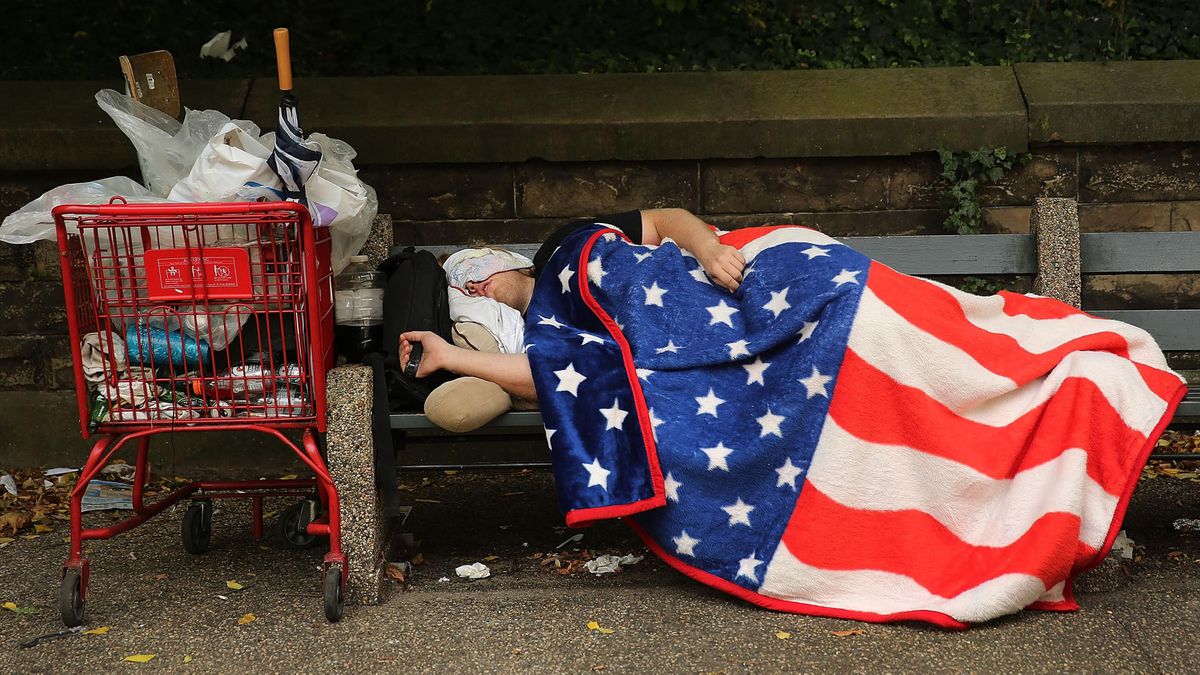New data released by the Census Bureau on September 10, 2024, reveals some surprising dynamics about poverty levels across the United States, particularly emphasizing the plight of children. While the overall poverty rate dropped slightly to 11.1% from 11.5% over the previous year, the supplemental poverty measure, which factors in living costs and government assistance, increased. This paints a more concerning picture: approximately 42.8 million people live under the poverty line, and nearly 14% of children under 18 are considered to be living in poverty. This increase signifies the enduring struggle many families face even within the backdrop of economic recovery and low unemployment rates.
The disparities drawn between the two poverty measures highlight the complexity of evaluating economic hardship. The official poverty measure is based on household income and established thresholds, but the supplemental measure offers broader insights, taking housing costs and social benefits like SNAP (Supplemental Nutrition Assistance Program) and the child tax credit (CTC) more comprehensively.
Mark Rank, a sociology expert, explains, "On one hand, we see the official poverty measure decline, but on the other, we have the supplemental measure indicating increased hardship. It shows how the parameters we choose can dramatically shift our perception of poverty. While household incomes may have seen modest increases, the rising costs of living lap over wages, especially rents, squeezing families' budgets and adding financial stress."
This increase of child poverty—from 5.2% as seen during the pandemic efficient response to 13.7% currently—highlights the impact of expiring health and economic policies. Families benefitting from emergency measures like food stamps and expanded school meal programs witnessed these benefits lapse, leading to renewed economic struggle. "The foundational support has dwindled,” Rank notes. “When the expanded child tax credit was active, we saw positive effects on poverty levels. Its absence could very well be what’s pushing these numbers back up again."
Tramelle Howard, state director for EdTrust, indicates how schools are now being compelled to fill the void created by families’ economic challenges. "Schools are trying to figure out how they provide services to kids who may not have basic necessities. It's already tough for them to keep up with attendance when they are unwell or worry about where their next meal will come from." Howard's sentiments highlight the growing burden on educational institutions as they expand beyond traditional functions to meet the needs of vulnerable students.
The conversations surrounding the necessity of reinstatement for the expanded child tax credit as well as other direct aid programs have become more urgent. Child poverty, correlated strongly with education outcomes, poses longer-term risks not just for those children, but for society as well. Programs supporting economic stability are seen as integral to the educational environment, helping to create more promising pathways for children as they grow.
Lack of significant action from lawmakers raises concern. Despite both Democratic and Republican candidates showing some support for reinstatement of child tax credits, positive change remains uncertain. Without renewed policies, experts fear the number of children living below the poverty line will continue to climb, as inflation reigns—a cruel irony with economic growth touted elsewhere.
Some progress has been made: overall economic indicators suggest certain improvements—like the notable increase of household income, which rose about 4 percent from the previous year—the reality of living conditions is stark. Inflation continues to exert pressure through higher costs for necessities. To quote economist Michael Collins, “When the cost of essentials rises, it clashes with what families actually earn. More income doesn’t solve the issue if expenses skyrocket at the same time.” This reflects the dual challenge facing low-income families: stagnant assistance and rising costs.
Despite the powerful narrative of declining overall poverty, the increasing numbers suggest significant gaps remain. Although the official statement celebrates the national poverty figures, the reality on the ground tells another story, particularly for children of color and economically marginalized groups. Black and Hispanic children are disproportionately affected, showcasing how structural inequalities manifest through these metrics.
The circumstances echo the message experts have been broadcasting: economic security should be viewed through multiple lenses—income, wealth accumulation, systemic support, and the practical impacts of inflation. The rising child poverty levels can’t be merely viewed through poverty rates; it's also about children's general well-being, health, and ability to thrive.
Individuals and communities are calling out for more systemic change. Advocates stress, “Policies matter,” emphasizing how government interventions can significantly alter the lived realities of vulnerable populations. Solutions like enhanced tax credits alongside broader social safety nets are high on the list of recommendations.
There’s both hope and concern as the country navigates these waters. Policymakers, advocates, and educators are poised to enter debates this election season to advocate for changes aimed at those struggling families. While the data reveals both progress and regression, the conversation around equity and justice is only gaining momentum.
Looking forward, many anticipate how legislative decisions will reflect the urgent needs of millions facing economic instability. The challenges may appear overwhelming now, but they also open dialogues about what kind of nation America wishes to be for its most vulnerable citizens—especially its children.




